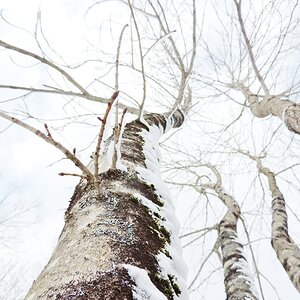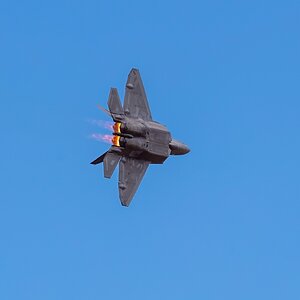Timppa
No longer a newbie, moving up!
- Joined
- Dec 15, 2016
- Messages
- 385
- Reaction score
- 188
- Location
- Finland
- Can others edit my Photos
- Photos NOT OK to edit
Hi!
Last week I placed my order for a Nikon 200-500.
Now, I'm used to shoot with my tamron 16-300, that is light easy and small.
I know that with getting a heavier lens, my arms will get some more muscles, but I'm also looking for a way to hang it somewhere on me without being in the way (and around my neck is not an option for this weight!).
I've seen some systems to slide it on your side, but I never really looked into it and I have no idea where to start and what brands ...
What is your system you use? Or any recommendations?
Also, what are other items I might need for wildlife photography with this kind of lens? Beanbag? Tripod?
If I get a tripod, It would be nice under €150 (like 165$?), maybe a used one. But the nice thing would be that it is compact and handy to carry around, I've seen some people that the tripod has a higher weight then themself (figure of speech ofc).
Thanks in advance !
Last week I placed my order for a Nikon 200-500.
Now, I'm used to shoot with my tamron 16-300, that is light easy and small.
I know that with getting a heavier lens, my arms will get some more muscles, but I'm also looking for a way to hang it somewhere on me without being in the way (and around my neck is not an option for this weight!).
I've seen some systems to slide it on your side, but I never really looked into it and I have no idea where to start and what brands ...
What is your system you use? Or any recommendations?
Also, what are other items I might need for wildlife photography with this kind of lens? Beanbag? Tripod?
If I get a tripod, It would be nice under €150 (like 165$?), maybe a used one. But the nice thing would be that it is compact and handy to carry around, I've seen some people that the tripod has a higher weight then themself (figure of speech ofc).
Thanks in advance !



![[No title]](/data/xfmg/thumbnail/30/30994-49c5521f7b5b417f49dcd43891cbec27.jpg?1619734557)
![[No title]](/data/xfmg/thumbnail/34/34347-8b81549fefc38aca163688d07a9f5ced.jpg?1619736384)
![[No title]](/data/xfmg/thumbnail/30/30993-7c6dca4375064e92f2ea6cbfabf9b59e.jpg?1619734556)
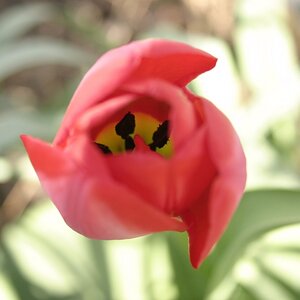
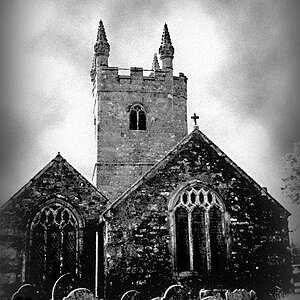
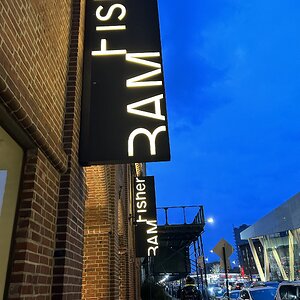
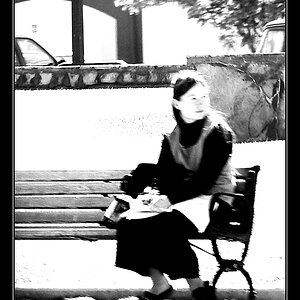
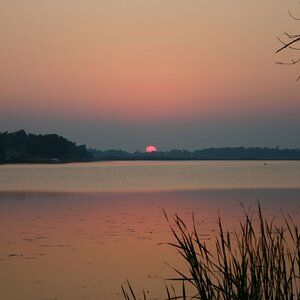
![[No title]](/data/xfmg/thumbnail/37/37625-7e132688457d56e50320a8c99a79fe38.jpg?1619738154)
